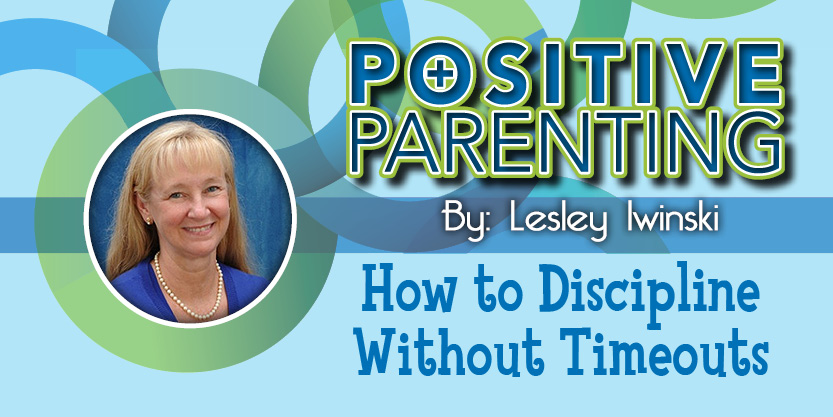How to Discipline Without Timeouts
Do timeouts work with children? Consider the following scenario. Your boss gives you a project, and you work hard on it because you want to please her. Even though you’re not satisfied with it, you present it anyway. Believing that the best way to motivate employees and change behavior is to lower the boom, she says: “What did you think you were doing?” “This is trash!” Then she marches you to a windowless room with a chair and says: “Now you just sit there and think about what you’ve done!”
Your reaction: Disbelief. Anger. Humiliation. Hurt.
Your thoughts: “How could she do this to me? This is stupid. She’s stupid. See if I ever go the extra mile for her again.”
You might even spiral into negative thinking. “My presentation was bad. I’m bad. What’s the point of trying? It will never be enough.” Her response not only felt mean and insensitive, it was ineffective. Instead of motivated, you feel discouraged, angry, resentful.
Now, imagine that instead of ridicule, your boss takes a moment before speaking. You both know that your project missed the mark. Your boss asks, “What do you think about the presentation?” You feel embarrassed and awkward. “I had a hard time. And it’s not my best work. I didn’t give it the time it needed.”
“What can you do to improve it?” your boss asks.
Relieved that she isn’t ripping you from stem to stern, you answer, “I could ask for advice and get more information. Some graphics and photos would improve it.”
Your boss nods and says, “Is there anything you need from me to support you? This will need to be revised and ready to present at corporate in one week.”
Your reaction: Gratitude. Relief. Encouragement.
Your thoughts: “I should not have tried to get away with that. I know I can do better. I don’t want to make that mistake again…that was a terrible experience! “My boss believes in me and cares about me.”
Applied to the family situation, we can see that timeouts, as they are traditionally implemented, fall short – especially if a parent’s intention is to teach children to learn from their mistakes, make amends, and decide what they can do differently in the future. Instead of timeouts, try using Positive Guidance. Rather than sending her to a chair or her room, make a connection with your little one by getting close. Be curious about the mistake and listen. Ask what she learned and listen some more. If there is a mess to be cleaned, or something to be repaired or replaced, or a relationship to be healed, help the child decide how they will do it. Support your child and work alongside if need be, but don’t do it for them. This last step helps them learn to accept responsibility and to make amends.
Dr. Lesley Iwinski is the mother of three grown children, a family physician and owner of Growing Peaceful Families, LLC. She offers classes, workshops and seminars.
Info: (859) 333-3053 or www.growingpeacefulfamilies.com.

